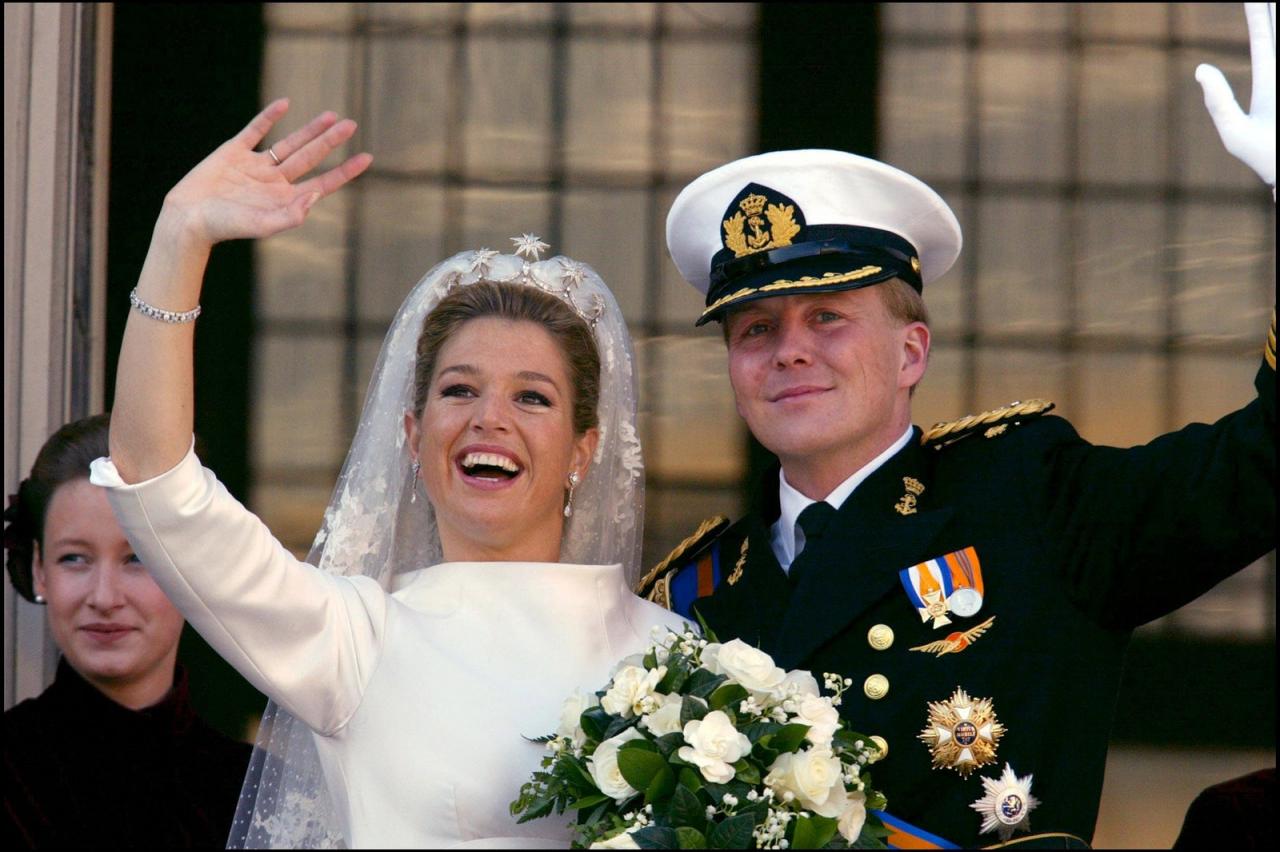
King of netherlands – The King of the Netherlands, a figurehead of tradition and modernity, embodies the rich history and evolving landscape of the Dutch monarchy. From the grand palaces to the international stage, the King’s role is multifaceted, balancing ceremonial duties with constitutional responsibilities and diplomatic endeavors.
King Willem-Alexander, the current monarch, ascended to the throne in 2013, bringing a fresh perspective to the monarchy while honoring its long-standing traditions. His reign has been marked by both continuity and change, as he navigates the challenges of a rapidly evolving world.
King of the Netherlands: Overview
The King of the Netherlands is the head of state and symbol of unity for the Kingdom of the Netherlands. The monarchy is constitutional, meaning that the King’s powers are limited by the constitution and he reigns with the consent of parliament.
The King is responsible for appointing the Prime Minister and other government officials, opening parliament, and signing laws into effect. The monarchy has a long history in the Netherlands, dating back to the 16th century.
Current Monarch: King Willem-Alexander
King Willem-Alexander was born in Utrecht, Netherlands, on April 27, He is the eldest son of Queen Beatrix and Prince Claus. He attended Leiden University, where he studied history. He also served in the Royal Netherlands Navy. In 2002, he married Máxima Zorreguieta Cerruti.
They have three daughters: Catharina-Amalia, Alexia, and Ariane. King Willem-Alexander ascended to the throne on April 30, 2013, following the abdication of his mother, Queen Beatrix.
Royal Family and Succession
The Dutch royal family consists of the King, Queen, and their three daughters. The heir to the throne is the eldest daughter, Catharina-Amalia. The rules of succession to the Dutch throne are governed by the Act of Succession, which states that the throne passes to the eldest child of the reigning monarch, regardless of gender.
Palaces and Residences
The official residences of the King and Queen are the Royal Palace of Amsterdam and Noordeinde Palace. The Royal Palace of Amsterdam is located in the center of Amsterdam and is used for official state functions. Noordeinde Palace is located in The Hague and is used for more private functions.
Both palaces are historic buildings with beautiful architecture.
Royal Duties and Engagements
The King of the Netherlands has a number of ceremonial and official duties. He opens parliament, signs laws into effect, and appoints the Prime Minister and other government officials. He also represents the Netherlands at official functions both at home and abroad.
In addition to his official duties, the King also undertakes a number of public engagements, such as visiting schools, hospitals, and businesses.
Role in Government and Politics
The King of the Netherlands plays a constitutional role in the Dutch government. He is not involved in the day-to-day running of the government, but he does have the power to dissolve parliament and call for new elections. He also has the power to veto laws, although this power is rarely used.
The King interacts with the Prime Minister and other government officials on a regular basis, and he is kept informed of all major government decisions.
International Relations and Diplomacy
The King of the Netherlands represents the Netherlands abroad and plays an important role in international relations and diplomacy. He meets with foreign leaders, attends international summits, and promotes the interests of the Netherlands on the world stage. He is also the patron of a number of international organizations, such as the United Nations and the World Bank.
Symbolism and Cultural Impact: King Of Netherlands

The monarchy is a symbol of unity for the Kingdom of the Netherlands. The King is seen as a figurehead for the nation, and he plays an important role in promoting national pride and unity. The monarchy also has a strong cultural impact on the Netherlands.
The King and Queen are often featured in the media, and they are seen as role models for the Dutch people.
Conclusion
The monarchy in the Netherlands remains a cherished institution, deeply rooted in the nation’s history and culture. The King of the Netherlands continues to play a vital role in fostering national unity, promoting cultural heritage, and representing the country on the global stage.
As the monarchy evolves with the times, it is poised to endure as a symbol of Dutch tradition and a beacon of progress for generations to come.
FAQ Guide
What is the constitutional role of the King of the Netherlands?
The King serves as the head of state and plays a largely ceremonial role. He does not have executive power but can provide advice and counsel to the government.
Who is the heir to the Dutch throne?
Princess Catharina-Amalia, the eldest daughter of King Willem-Alexander, is the heir apparent to the throne.
What is the significance of the Royal Palace of Amsterdam?
The Royal Palace of Amsterdam is one of the three official residences of the Dutch royal family. It was built in the 17th century and is a UNESCO World Heritage Site.





